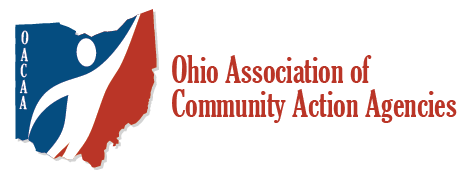“Didn’t we just have one last month—or at least the month before? I don’t have time to prepare another board financial report. Besides, they don’t look at them anyway. And, by the time we get to the finance section of the meeting, everyone is cranky and ready to get out the door… or they’re at least hoping to be first in line to the buffet.”
Does this sound like something you’ve said or thought? For me, board financial reports used to be one of the most dreaded parts of my job. Every month it would take several hours to produce and in the end would typically be somewhere between 15-20 pages long. Each would consist of a revenue versus expenditure and budget comparsion report for each grant or project that was currently operating. After making 75 copies of the report (did I mention our board was probably bigger than it needed to be?) and waiting for the final agenda item to be called, it would be my turn to present. Of course, by then, everyone was tired and hungry. Some days I wondered if any of them were listening.
I’ve learned a lot throughout the years, and today I actually enjoy our board meetings. The board reports I produce now are typically around four pages—with double-sided printing we’re down to two sheets of paper. They include:
- A dues receivable report
- A summary report with all basic project information including the funder, the period, total budget, revenue and expenses YTD, and revenue less expenses. I also include narrative notes on each project.
- A Statement of Financial Position (balance sheet)
- A Statement of Activities (profit/loss)
Your frustration may vary depending on where you fall on the board financial report spectrum. To help alleviate some of that frustration, here are a few tips in no particular order. Adopting some that could work for your agency may help make your reporting experience more meaningful and useful to the board and to your operations.
- Determine the right amount of information: Obviously, there are minimums that need to be provided (budget comparison, balance sheet, and a profit/loss), but take some time to find the right amount that provides enough information for the board to have responsible oversight, but not too much that they get confused.
- Be sure the board understands what the reports are trying to tell them: Simplify the reports to make them easy to read, but also give the board opportunities to ask questions. Be ready to provide additional information.
- Ask if there is something the board would like to see: While not always feasible or practical, the board may have some great ideas for you to consider adding to your reports.
- Once the board understands the reports and what they need to know, they could have some good ideas for some additional or different information—though, no promises.
- Move the finance report to the top of the agenda: For the association, the finance report immediately follows the roll call and the approval of meeting minutes. What’s even better is that typically our Board Treasurer reviews the report then calls for questions. I am always on hand to answer questions and review additional information if necessary. I also report in the absence of the Treasurer.
- Communicate: Keep your executive director, treasurer, finance committee, and necessary staff in the loop.
- Don’t reinvent the wheel: If you have questions, send me an email or give me a call! I and others in Ohio’s Community Action Network are available and willing to help.
Good luck!
